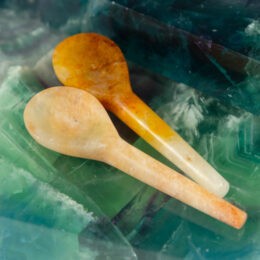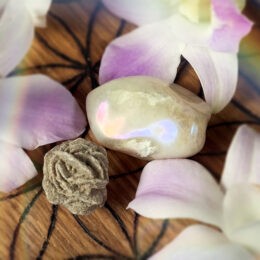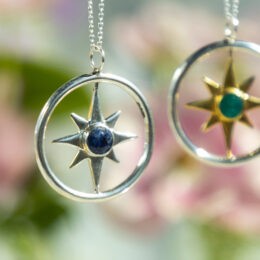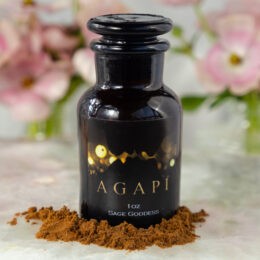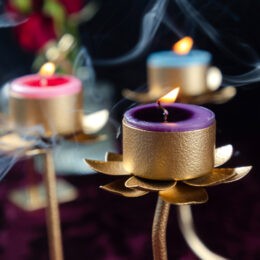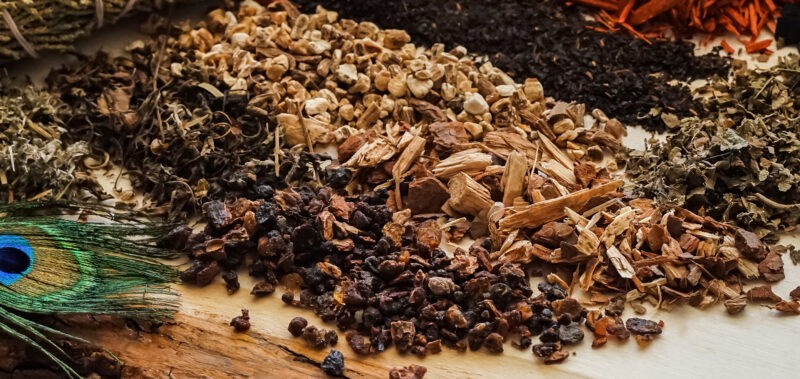Scapolite Guide: Properties and Meaning
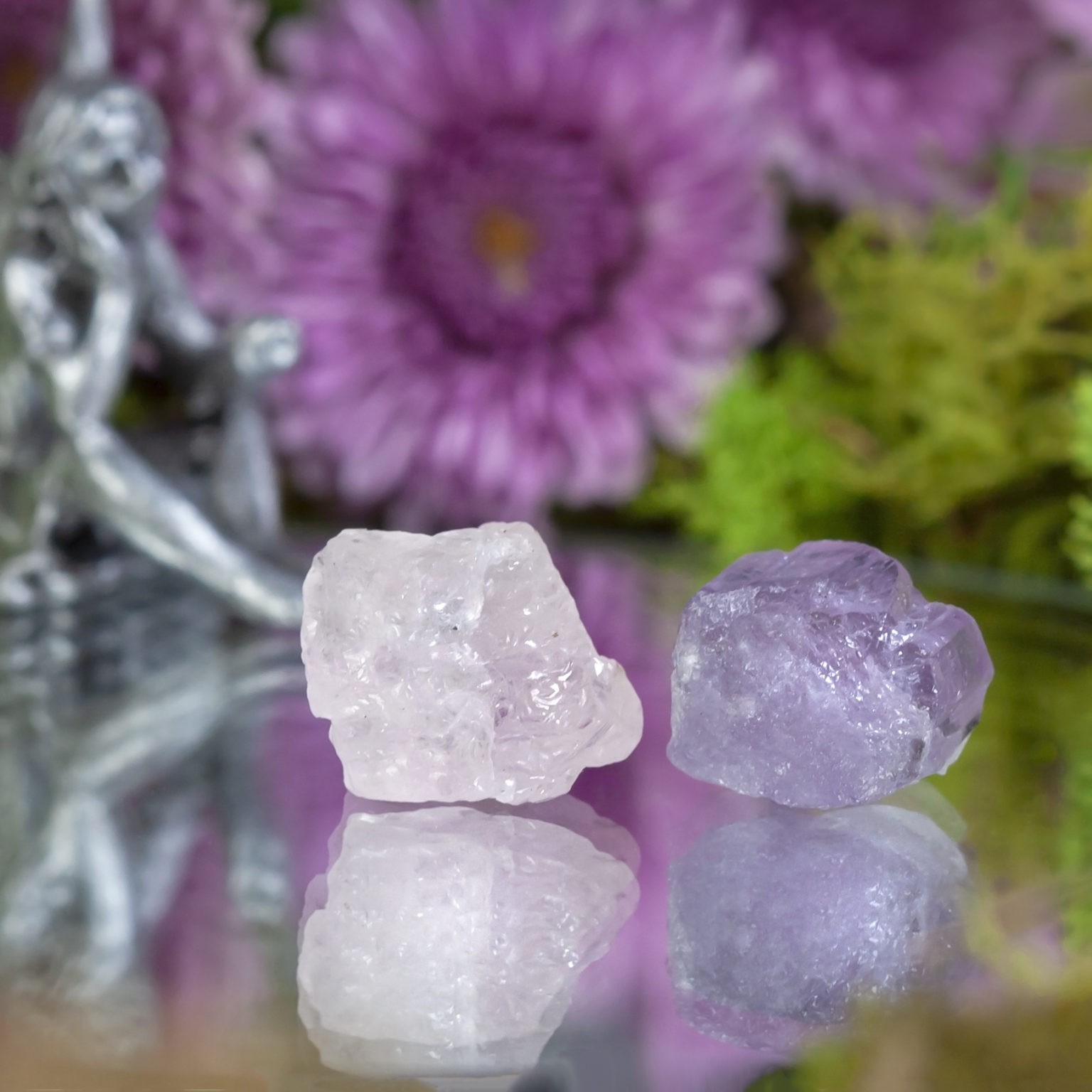
Scapolite Properties
Color: White, grey, light green, blue, yellow, redMohs Hardness: 43591Chakra: Crown and whatever corresponds with the specific colorCrystal Structure:TetragonalLocation: Sri Lanka, Myanmar, Canada
About Scapolite
Scapolite is a crystal associated with the Crown chakra, located at the top of the head. It connects us to our higher selves and the divine. Scapolite comes in various colors, including white, grey, light green, blue, yellow, and red. Each color corresponds to different qualities and energies. White represents purity and clarity, grey symbolizes neutrality and balance, light green is associated with healing and growth, blue represents communication and expression, yellow is linked to confidence and self-esteem, and red represents passion and vitality. Scapolite promotes successful outcomes by helping individuals avoid self-sabotage and get out of their own way. It facilitates the manifestation of success through trust and surrender.
The history of Scapolite
The history of Scapolite dates back to ancient times, where it was highly regarded for its metaphysical properties. The name “Scapolite” is derived from the Greek word “skapos,” meaning “rod” or “shaft,” due to its elongated crystal structure. It was first discovered in the early 19th century in Scandinavia and was initially mistaken for another mineral. However, its unique properties and beauty soon gained recognition, leading to its classification as a distinct gemstone. Throughout history, Scapolite has been used by various cultures for its spiritual and healing properties. It enhances spiritual connection, promotes clarity of thought, and aids in personal growth and transformation. Today, Scapolite continues to be cherished for its energetic qualities and is sought after by crystal enthusiasts and spiritual practitioners alike.
What are the healing properties of Scapolite?
Scapolite promotes successful outcomes by helping individuals avoid self-sabotage and get out of their own way. It facilitates the manifestation of success through trust and surrender.
What are the metaphysical/spiritual properties of Scapolite?
Scapolite is associated with the Crown chakra, located at the top of the head. This chakra connects us to our higher selves and the divine. The colors that correspond with Scapolite are white, grey, light green, blue, yellow, and red. White is associated with purity and clarity, while grey represents neutrality and balance. Light green is associated with healing and growth, while blue represents communication and expression. Yellow is associated with confidence and self-esteem, while red represents passion and vitality.
Scapolite FAQ
What is Scapolite used for?
Scapolite is used as a gemstone in jewelry. It is often cut into faceted gemstones and used in rings, necklaces, and earrings. Scapolite is also used for decorative purposes, such as in carvings and sculptures.
What does Scapolite do?
Scapolite enhances clarity of thought, promotes self-expression, and stimulates creativity. It also helps with decision-making, problem-solving, and communication.
Can Scapolite go in water?
Scapolite is generally safe to be submerged in water. However, it is recommended to avoid exposing it to harsh chemicals or extreme temperature changes, as these may damage the gemstone.
How to cleanse Scapolite?
To cleanse Scapolite, you can rinse it under lukewarm running water or soak it in a bowl of water mixed with mild soap. Afterward, gently pat it dry with a soft cloth. Some people also like to cleanse Scapolite by placing it on a bed of sea salt or using sound vibrations, such as with a singing bowl or tuning fork.
What does Scapolite do spiritually?
Spiritually, Scapolite enhances intuition and psychic abilities. It promotes spiritual growth, aids in meditation, and facilitates connection with higher realms. Scapolite also helps balance and align the energy centers of the body.
How to clean Scapolite?
To clean Scapolite, you can use a soft brush or cloth to gently remove any dirt or debris. Avoid using harsh chemicals or ultrasonic cleaners, as these may damage the gemstone. It is also recommended to store Scapolite separately from other gemstones to prevent scratching.
How to spot fake Scapolite?
To spot fake Scapolite, look for signs of poor quality or inconsistencies in color and clarity. Genuine Scapolite should have a vibrant color and a transparent or translucent appearance. Additionally, consult with a reputable gemologist or jeweler for expert advice.
Is Scapolite toxic?
Scapolite is not known to be toxic. However, it is always recommended to handle gemstones with clean hands and avoid ingesting or inhaling any particles that may come from the gemstone.
Where is Scapolite found?
Scapolite is found in various locations around the world, including Brazil, Canada, Madagascar, Myanmar, Tanzania, and the United States. The gemstone can occur in different colors, such as yellow, pink, violet, and colorless.
How is Scapolite pronounced?
Scapolite is pronounced as “SKA-puh-lite.” The emphasis is on the first syllable, and the “lite” is pronounced like “light.”
What chakra is associated with Scapolite?
Scapolite is associated with the third eye chakra, which is located in the center of the forehead. It helps open and activate this chakra, enhancing intuition, insight, and spiritual awareness.
Can Scapolite be in the sun?
Scapolite can be exposed to sunlight without any issues. However, prolonged exposure to direct sunlight may cause the color of some Scapolite varieties to fade over time. It is recommended to store Scapolite in a cool, dark place when not in use.
How to charge Scapolite?
To charge Scapolite, place it in direct sunlight or moonlight for a few hours. This allows the gemstone to absorb the energy from the sun or moon, revitalizing its metaphysical properties. You can also charge Scapolite by visualizing positive intentions and focusing your energy onto the gemstone.
What is the hardness of Scapolite?
Scapolite has a hardness of 5.5 to 6 on the Mohs scale, which means it is relatively durable but still susceptible to scratches. It is recommended to handle Scapolite with care and avoid exposing it to rough surfaces or abrasive materials.



